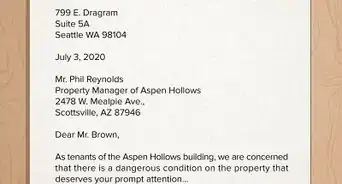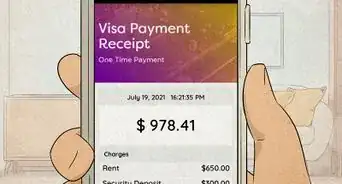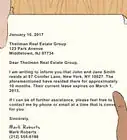This article was co-authored by Carla Toebe. Carla Toebe is a licensed Real Estate Broker in Richland, Washington. She has been an active real estate broker since 2005, and founded the real estate agency CT Realty LLC in 2013. She graduated from Washington State University with a BA in Business Administration and Management Information Systems.
There are 15 references cited in this article, which can be found at the bottom of the page.
This article has been viewed 21,561 times.
Renting a home is stressful. You need to find a place in your price range, complete the application process, and then schedule to move in. You also need to be worried about unethical landlords and outright scammers. To protect yourself, you should look for red flags and fully document your move-in. With a little planning, you can have an uneventful move-in and protect your legal rights at the same time.
Steps
Avoiding Rental Scams
-
1Pay a security deposit only after signing a lease. Many scammers get you to pay a security deposit or your first month’s rent before you have a lease in hand. You should avoid doing so. Only pay after you have a signed lease.
- You should also see the property first and meet the landlord. If you can’t visit in person, then ask another person to go in your place.[1]
- If the home is far away, then your best bet is to rent only through a reputable rental company or pay with a credit card.
- Never pay your deposit or application fee by wiring money. Wired money is basically like cash and impossible to get back if you’ve been scammed.
- Some landlords charge a fee to “hold” the rental during the application process. But a sketchy owner might not actually hold the unit, meaning multiple people pay in and most end up losing the holding fees. If you suspect the legitimacy of the deal, insist that the fee be put in an escrow company until the owner turns over the keys, or turned into a security deposit once you sign the lease.
-
2Beware of absent landlords. One common scam is to pretend that the owner is out of the country. Instead, the scammer poses as the owner’s agent or representative. You should always be skeptical of anyone claiming to represent an absent landlord.
- You should check with the county assessor’s office to find out the identity of the real owner. Don’t work with a representative if they wrongly identify the owner.
- Many scammers know how to look up property owners’ names in county records, though, so they may be able to give you the correct names. If you’re not dealing directly with the owner, always make sure the person is a legitimate representative.
- Ask for proof that they are the legal representative. A scammer will probably hesitate to provide documentation.[2]
Advertisement -
3Question any deal that seems too good to be true. You should do research in the market to see how much apartments and houses are renting for. If someone offers a deal that’s too good to be true, then it probably is. A rental significantly below the market is a red flag.[3]
- Insist on seeing the property. You might find out that it is in terrible condition, which would explain why it is so cheap.
- Also do research about the landlord. You might find out that they have declared bankruptcy or are being sued by other tenants.
- Ask directly whether the landlord is facing foreclosure.[4] Pay attention if the landlord seems evasive or nervous when answering.
-
4Analyze your communications with the landlord. A landlord who only communicates by email should raise red flags. Also check for the following, which are hallmarks of real estate fraud:[5]
- The person writes in broken English. Many scammers are located outside the United States and are not native English speakers.
- The person tries to scare you into sending money. You shouldn’t be pressured into sending a deposit or signing a lease.
- There is a lack of personalization in the communication. Instead, the person may be using mail merge or autofill. Scammers often try to swindle many people at once.
-
5Interview other tenants. You should always ask a landlord for references from current or former tenants (preferably current ones).[6] Try to get important information out of them. They might not have a lot of time to talk with you, but ask the following:
- How long has the property stood vacant? A home that hasn’t been rented in a while may have problems.
- How responsive is the landlord? Has this tenant had any problems with the landlord? If so, how were they resolved?
- Do they intend to continue to rent from the landlord?
- How much does rent increase annually? Can you negotiate rent increases or not?
-
6Research the property. You should do extensive research on the property and the landlord before you agree to rent from someone. For example, perform the following searches:
- Search online to see if the home is listed under another owner’s name. If it is, then you may be getting scammed.[7]
- Visit the county recorder’s office and check for a notice of default. If one has been filed, then the owner might be in foreclosure. You don’t want to rent from someone who might lose the property.
-
7Report rental scams. If you suspect fraud, then gather as much documentation as possible: emails, cancelled checks, etc. You should report rental fraud to the following:
- Your state’s attorney general’s office.[8] You can call or email about the fraud.
- Local law enforcement. Call the police department where the rental is located.
- The Federal Trade Commission. In the U.S., you can report to the FTC by using their Complaint Assistant at https://www.ftccomplaintassistant.gov/#&panel1-1.
- The website the advertisement ran on. Look for a report button, or otherwise email or call.[9]
Documenting Your Move In
-
1Read the lease carefully. There’s no point signing a lease if you don’t read it. Read the entire thing carefully. If you don’t understand something, then ask the landlord. Don’t feel pressured to read it in fifteen minutes as you sit in the leasing agent’s office.
- Instead, ask that a lease be sent to you at home. This will give you some time to read through it. You can ask a friend or lawyer to help you understand it.[10]
- Check who pays for maintenance and whether you can modify your apartment.[11] For example, your landlord might request that you get permission before painting the walls.
- Only sign the lease when you agree with everything in it. Remember to keep a copy for your records.
-
2Inspect the empty apartment thoroughly. Before you move in, make sure to walk through the empty apartment and note any problems. They should be easier to spot when the apartment is bare. For example, check for the following:[12]
- dirt
- mildew
- wear and tear
- holes in the wall
- low water pressure in sinks and the shower
- poor drainage
- appliances that don’t work
- torn or soiled pads under the carpeting
- electrical outlets and how well they work
-
3Tell your landlord about any problems. Before moving in your furniture and belongings, tell your landlord about any problems. Sometimes, landlords will give you a checklist you can fill out, noting any issues with the apartment. However, some landlords won’t give you a checklist.[13]
- Tell your landlord of any problems even if you don’t receive a checklist. If you don’t, then they could argue you damaged the apartment while living in it.
- Be as detailed as possible. Don’t say something general like “carpet damage.” Instead, you should write down, “Five cigarette burns on the southwest corner of living room carpet.”
- Get a copy of any checklist so that you have it for your records.
-
4Take pictures of the empty apartment. Pictures are incredibly helpful, so take vivid pictures from many different angles of any problems. If you have a problem with water pressure, for example, take a short video on your smart phone.
- Make a set of pictures for your landlord.[14] You can send the pictures with any written checklist or description of problems.
-
5Do a move-in condition report. The move-in condition report, or tenant inspection report, is the second most important tenant-landlord document after the lease. It’s a mutual acknowledgment between the two of you. You agree, legally, that unit is provided in a certain condition and should be returned in a certain condition. This can save you from headaches and disputes about damages.
- Check the laws of your state or province. In some places, they’re mandatory. Your landlord may also not be allowed to keep any of your deposit money without one.[15]
- Move-in condition reports need to be signed by the tenant as well as the landlord. Do one even if your landlord doesn’t do a walk-through of the unit with you.
Protecting Yourself During Your Lease
-
1Buy renter’s insurance. Renter’s insurance will protect your belongings in case of damage by fire, theft, or natural disaster. It can also protect you if someone is injured in your home due to your carelessness.[16] You can typically get renter’s insurance for a reasonable rate.
- Go online and obtain quotes from different insurers. You should compare policies, looking at both the monthly premium and the level of coverage offered.
- If you don’t know how much coverage you need, then use an online calculator. These calculators typically ask that you enter your monthly rent, the value of your possessions, and your location. They then estimate how much coverage you will need.
- Always ask an insurer about potential discounts. For example, if you buy renter’s insurance along with another policy (such as car insurance), you might qualify for a discount.
-
2Study the safety of your surroundings. Unless you are familiar with the area, you should spend some time checking how safe it is. You want to make sure your landlord has installed all required safety devices, such as deadbolts and window locks. Also look for how criminals can enter and exit your building.[17]
- Get copies of your local law and check that your landlord has provided all required safety devices. If not, write to them and ask that they be installed.
- Tell your landlord when safety equipment breaks. If a door lock stops working, immediately tell your landlord. Also report broken windows, burned-out lightbulbs, and malfunctioning security systems.
-
3Learn landlord-tenant law. You should know your legal rights in case any problems arise. You can search for landlord-tenant law online, or you can stop into your county or city government office. They may have a booklet or handout to read. You should also check with a local tenant’s association, which you might be able to find online.
- For example, you’ll want to know what you can do if your landlord doesn’t make repairs. Each state is different. In some states, you can withhold rent, while in other states you must pay rent into the court. Still other states let you make repairs and deduct the cost of the repairs from your rent. Find out the correct procedure ahead of time.
- You’ll also want to know your landlord’s responsibility to keep the apartment habitable. Regardless of what’s in your lease agreement, the law usually requires that your landlord provide heat during certain times of the year.
-
4Keep your lease safe. Store the lease in a safety deposit box or with families or friends.[18] You don’t want it to be damaged. You can also make a digital scan of the lease and store it on your computer hard drive so that you always have a copy available.
-
5Tell your landlord about problems. It’s always friendlier to call, but you definitely want paper documentation that you have complained and the date you complained. If you talk in person, then follow up with a letter in which you describe the problem in as much detail as possible.
- If you complained already about a problem, then include the dates of previous letters. For example, you can write, “This letter is to follow up on my letter dated September 1, 2016….”
- Document any problems thoroughly. Take color photographs of any problem.[19] If there’s a problem with noise, then record the noise using your smart phone.
- Remember to send the letter by certified mail, return receipt requested. Hold onto the receipt, as it serves as proof that your landlord received the letter.
- Generally, your landlord must make repairs within a reasonable amount of time. What’s reasonable will depend on the severity of the problem. For severe problems (like no heat in winter), you might want to call your local authorities if your landlord doesn’t offer immediate help. Otherwise, you can wait one to two weeks for minor repairs, such as fixing a leaky faucet.
-
6Report building code violations to the authorities. Sometimes, hazards make the building dangerous to live in. For example, if your landlord isn’t supplying sufficient hot water or heat, then they are not following the building code. You can report these problems to your local authorities.[20]
- Look in the phone book for local building, health, safety, and fire inspectors.
- You might need to meet with the inspector. Try to get a copy of their report before they leave.
- Remember that your landlord can’t evict you because you complained to the authorities about the building’s safety. This is called a “retaliatory eviction” and is illegal.
- But, also be aware that a landlord may have the right to evict you if you fail to pay rent – even IF there is a safety violation – and that this might not be considered retaliatory. Stay current with all of your rent unless you’ve agreed to credit rent for the repairs.
-
7Consult with a lawyer when problems arise. The best way to protect your rights is to seek legal help when you have a conflict. You can be sure that your landlord will have a lawyer, so you will be at a disadvantage if you don’t have one. You need an experienced advocate in your corner. Request a tenant’s attorney from your local bar association.
- You meet with a lawyer for a half hour consultation whenever you have an issue. Use the lawyer as a sounding board and ask what your next steps should be.
- If the issue is complicated, then try to hire the lawyer. Ask how much their fee is and check if you can afford it.
- If you’re low income, then find legal aid. Visit the Legal Services Corporation’s website at http://www.lsc.gov and click on “Find Legal Aid.”
-
8Learn about the eviction process. In most states, you can only be evicted by a court order. This means your landlord must give you notice of any problem, such as unpaid rent. The notice should contain a deadline for paying the rent. If you don’t pay, the landlord must go into court and sue you. You’ll be provided notice of the lawsuit and given a chance to respond. The landlord can’t do the following:[21]
- Lock you out of your apartment.
- Threaten you.
- Physically remove you.
- Cut off essential services or utilities, such as heat, water, or electricity.
- Throw your things out on the sidewalk.
-
9Call the police if you are illegally evicted. The police might hesitate to help you but insist that they do. Remind the police that it is illegal to evict you without a court hearing.
- You can say, “Officer, I know that this is an illegal eviction under the law. That’s why I’m calling. I would like an officer to come to my apartment and write a police report.”
- Keep calling until you get someone to come out to your home.[22]
- Also find witnesses to the illegal eviction. For example, get the name of any neighbor who saw your landlord throw your things out of the apartment.
References
- ↑ https://www.consumer.ftc.gov/articles/0079-rental-listing-scams
- ↑ http://www.nydailynews.com/news/money/protect-rental-fraud-article-1.316565
- ↑ https://toughnickel.com/scams-fraud/Craigslist-Rental-Scams
- ↑ http://www.nydailynews.com/news/money/protect-rental-fraud-article-1.316565
- ↑ https://toughnickel.com/scams-fraud/Craigslist-Rental-Scams
- ↑ http://www.nydailynews.com/news/money/protect-rental-fraud-article-1.316565
- ↑ https://www.consumer.ftc.gov/articles/0079-rental-listing-scams
- ↑ http://www.nydailynews.com/news/money/protect-rental-fraud-article-1.316565
- ↑ http://www.realestate.com.au/advice/how-to-protect-yourself-from-rental-scams/
- ↑ http://www.masslegalhelp.org/housing/private-housing/ch2/read-the-lease-carefully
- ↑ http://blog.rent.com/how-to-read-your-apartment-lease/
- ↑ https://www.nolo.com/legal-encyclopedia/protect-security-deposit-move-in-30231.html
- ↑ https://www.nolo.com/legal-encyclopedia/protect-security-deposit-move-in-30231.html
- ↑ https://www.nolo.com/legal-encyclopedia/protect-security-deposit-move-in-30231.html
- ↑ https://rentingwell.com/2013/09/04/use-a-move-in-inspection-report-already-geez/
- ↑ http://www.nolo.com/legal-encyclopedia/ten-tips-tenants-29446.html
- ↑ http://www.nolo.com/legal-encyclopedia/renters-protect-yourself-from-crime-29726.html
- ↑ http://www.tenant.net/alerts/articles/tenantrightsreport.html
- ↑ http://www.tenant.net/alerts/articles/tenantrightsreport.html
- ↑ http://www.ncdoj.gov/getdoc/869cc4d3-1bdd-4eeb-9740-92a2e42b8b2b/Renting-a-Home.aspx
- ↑ http://www.tenant.net/alerts/articles/tenantrightsreport.html
- ↑ http://www.tenant.net/alerts/articles/tenantrightsreport.html
- ↑ http://www.tenant.net/alerts/articles/tenantrightsreport.html

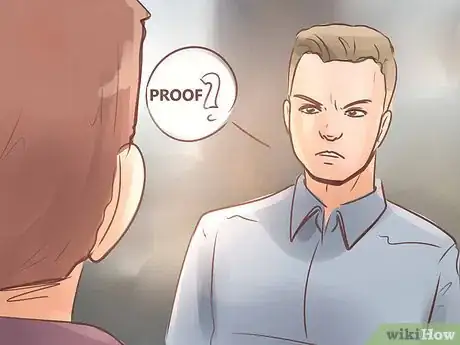

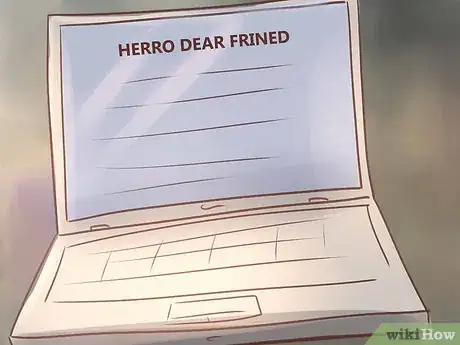

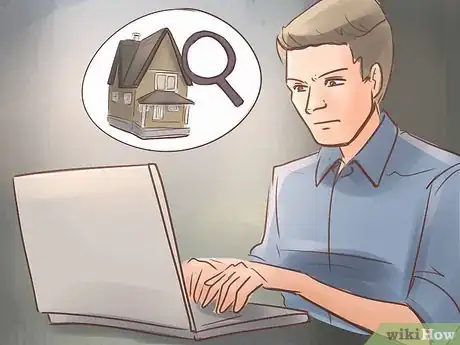
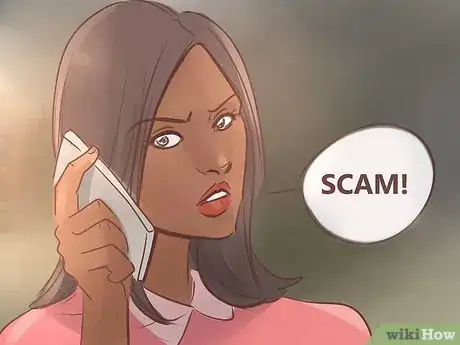
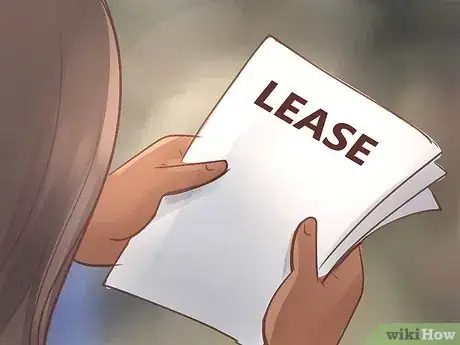
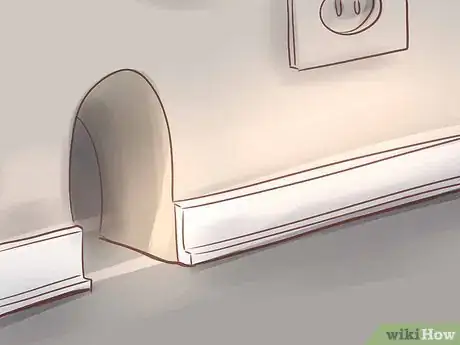
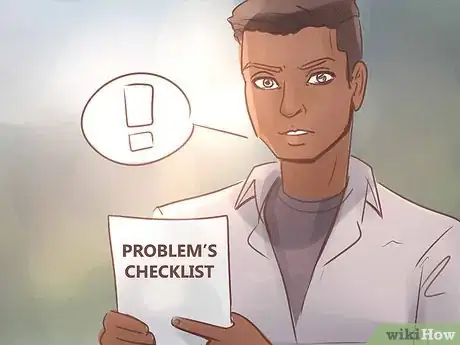
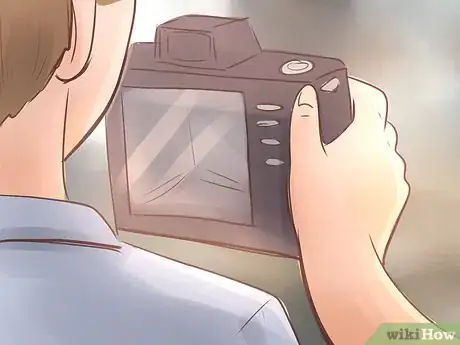
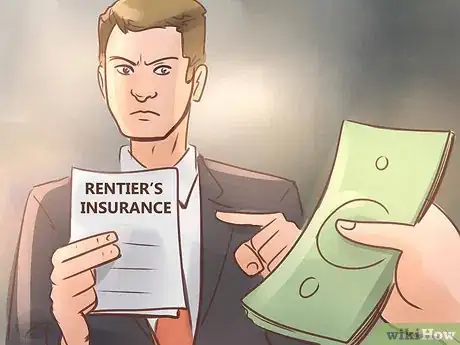

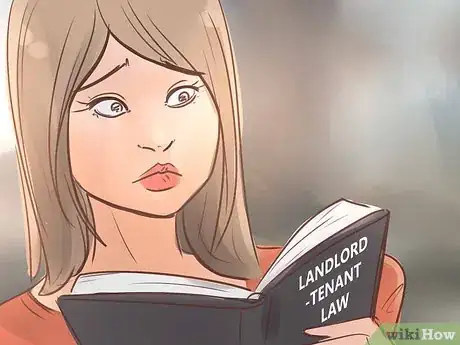
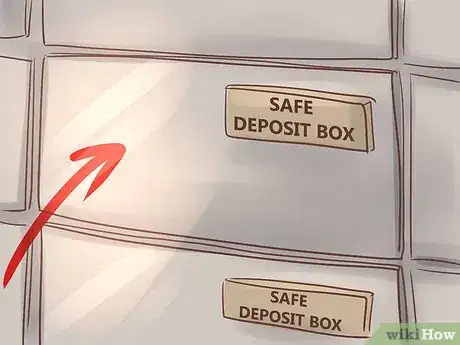
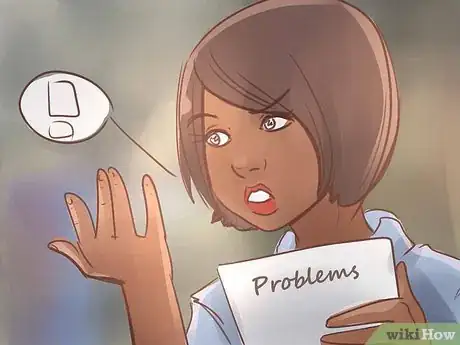


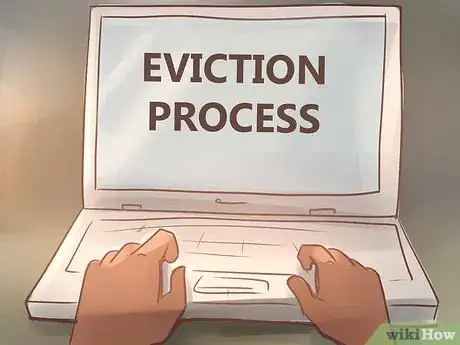
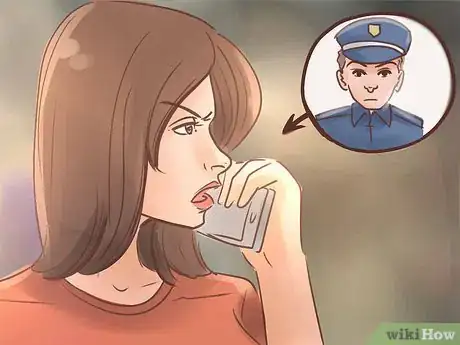
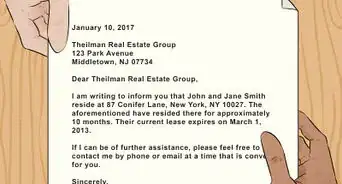



-Step-10.webp)

